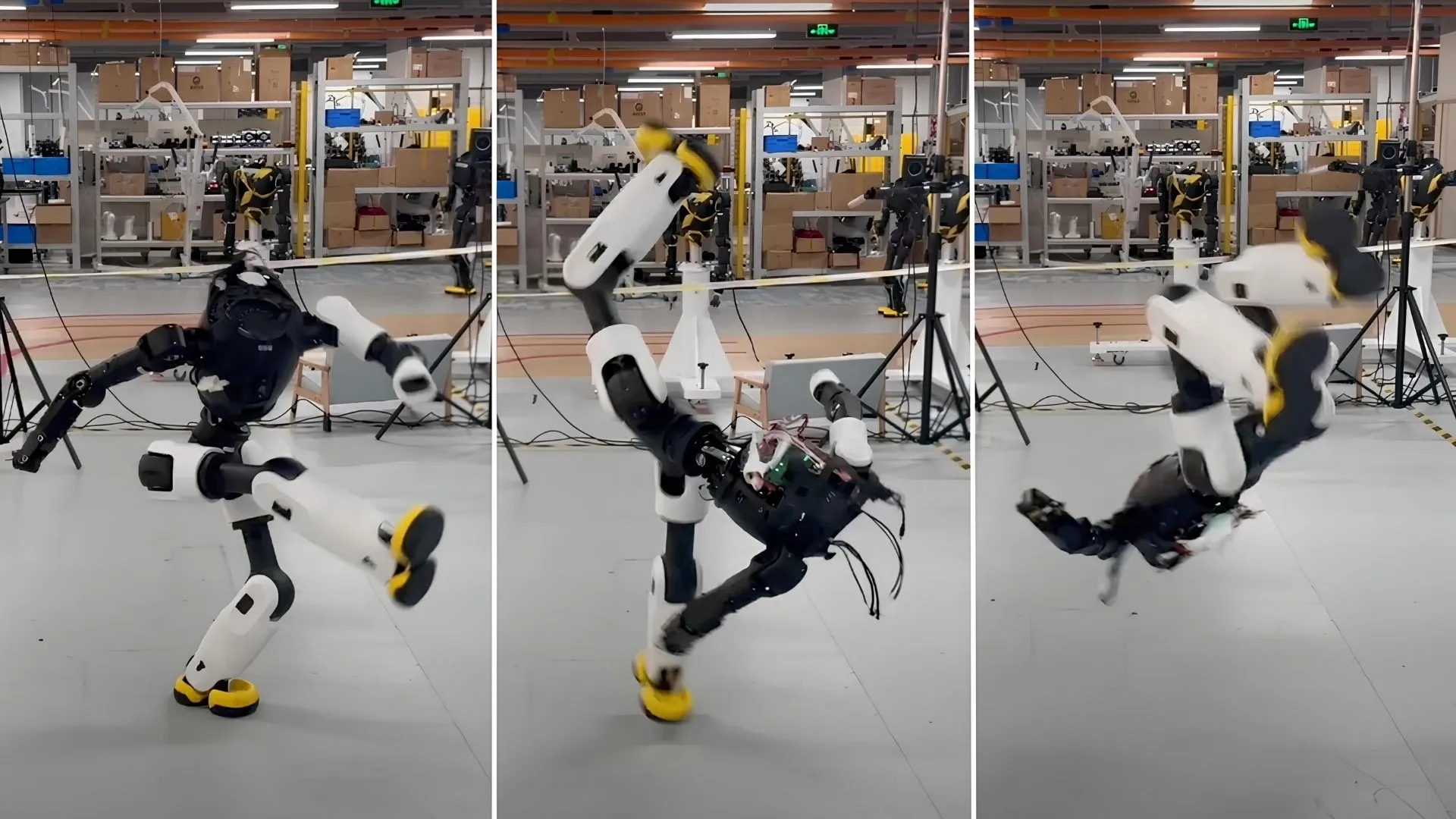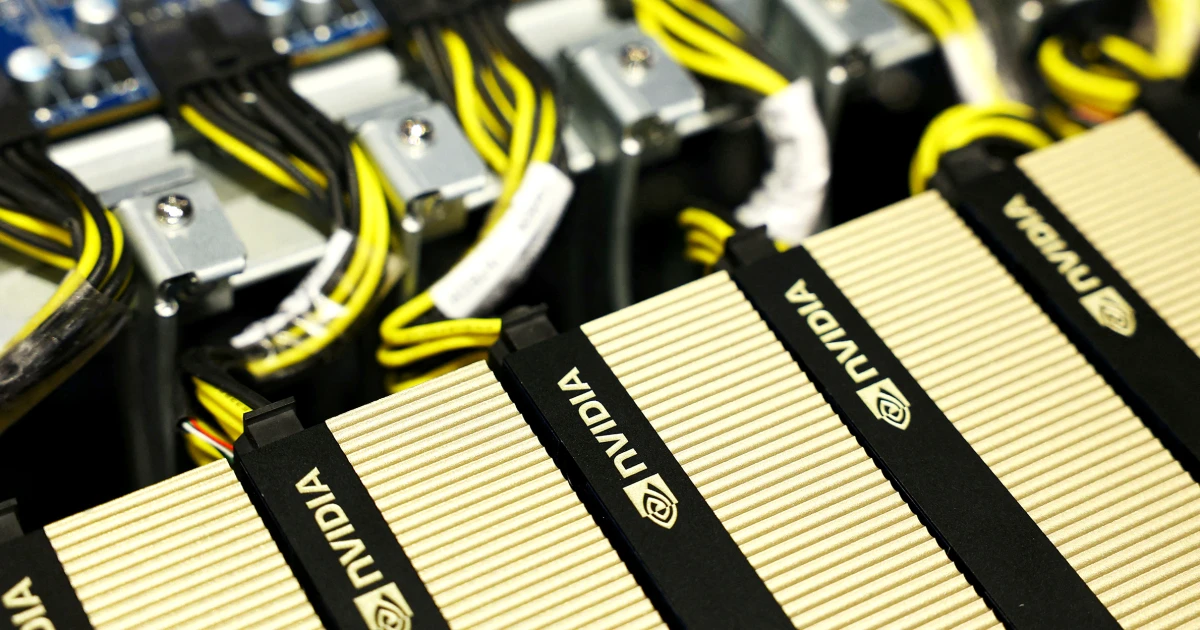
The Webster flip, well known in gymnastics, involves a forward somersault with a back-leg takeoff and precise body control throughout midair. It demands exceptional coordination, balance, and strength, qualities typically associated with elite athletes.
Until now, humanoid robotics has remained out of reach, where balance and agility remain some of the most difficult challenges. According to Pandaily, Lingxi X2 replicated the move with precision using proprietary motion-control algorithms and advanced sensor systems. The company even added a playful caption to the video: “You may not know me, but you must have heard of the Webster flip.”
Dynamic motion in robotics
Lingxi X2 is the flagship product of AGIBOT, the embodied-intelligence company founded by engineer Peng Zhihui, also known as Zhihui Jun. Introduced earlier this year, the robot features a modular design, multi-joint force control, and real-time perception technology. These capabilities allow it to navigate complex environments and execute dynamic movements such as flips and high-impact tasks.
AGIBOT launched a partner recruitment program in May 2025 and plans to begin large-scale production in the second half of the year, with shipments projected to reach several thousand units by the end of 2026.
The Webster flip demonstration marks a milestone in humanoid robotics, showing how advanced motion control and balance systems are converging to enable machines to achieve movements once thought impossible. It also highlights the growing competition among robotics companies to showcase not just practical applications but also the athletic potential of humanoid machines.
Comparisons with other humanoid robots
While many humanoid robots are designed for communication or assistance, a growing number are demonstrating athletic and acrobatic feats. Boston Dynamics’ Atlas, one of the most recognized humanoids, has performed backflips, cartwheels, somersaults, handstands, and complex parkour routines involving vaults and jumps over obstacles for years.
China’s Unitree Robotics has advanced its humanoid line with models like the G1 and the budget-friendly R1. Following a software update, the G1 recently performed side flips and has demonstrated kung fu-style moves, including punches, sweeping kicks, and roundhouse strikes.
The same model was shown in a “violence test” video this week, where it endured repeated kicks while successfully regaining balance. The more affordable R1, priced at just $5,900, can cartwheel, execute handstands, and perform spin kicks and basic combat movements.
Large-scale events have also showcased humanoid capabilities. At the World Humanoid Robot Games in Beijing, more than 500 robots from 280 teams across 16 countries displayed simulated sporting actions such as soccer and boxing alongside acrobatic and martial arts demonstrations.
Other experimental models have also demonstrated exceptional skills. A humanoid from EngineAI, known for its natural gait, successfully landed a front flip and then walked like a human, showing progress in both dynamic and lifelike movements. At UC Berkeley, researchers developed HITTER, a humanoid robot capable of playing table tennis against humans using AI-powered planning and real-time strike coordination.
While agility and acrobatics often capture public attention, other companies focus on practical dexterity for consumer and industrial uses. Figure 2, for example, shows progress in handling household tasks requiring fine motor skills, such as washing dishes and folding clothes.
AGIBOT’s Lingxi X2 now sets a new benchmark in robotic motion control. As production scales up, the company will face the challenge of translating such demonstrations into practical, everyday applications. For now, the achievement stands as one of the clearest examples yet of how far humanoid agility has advanced.



